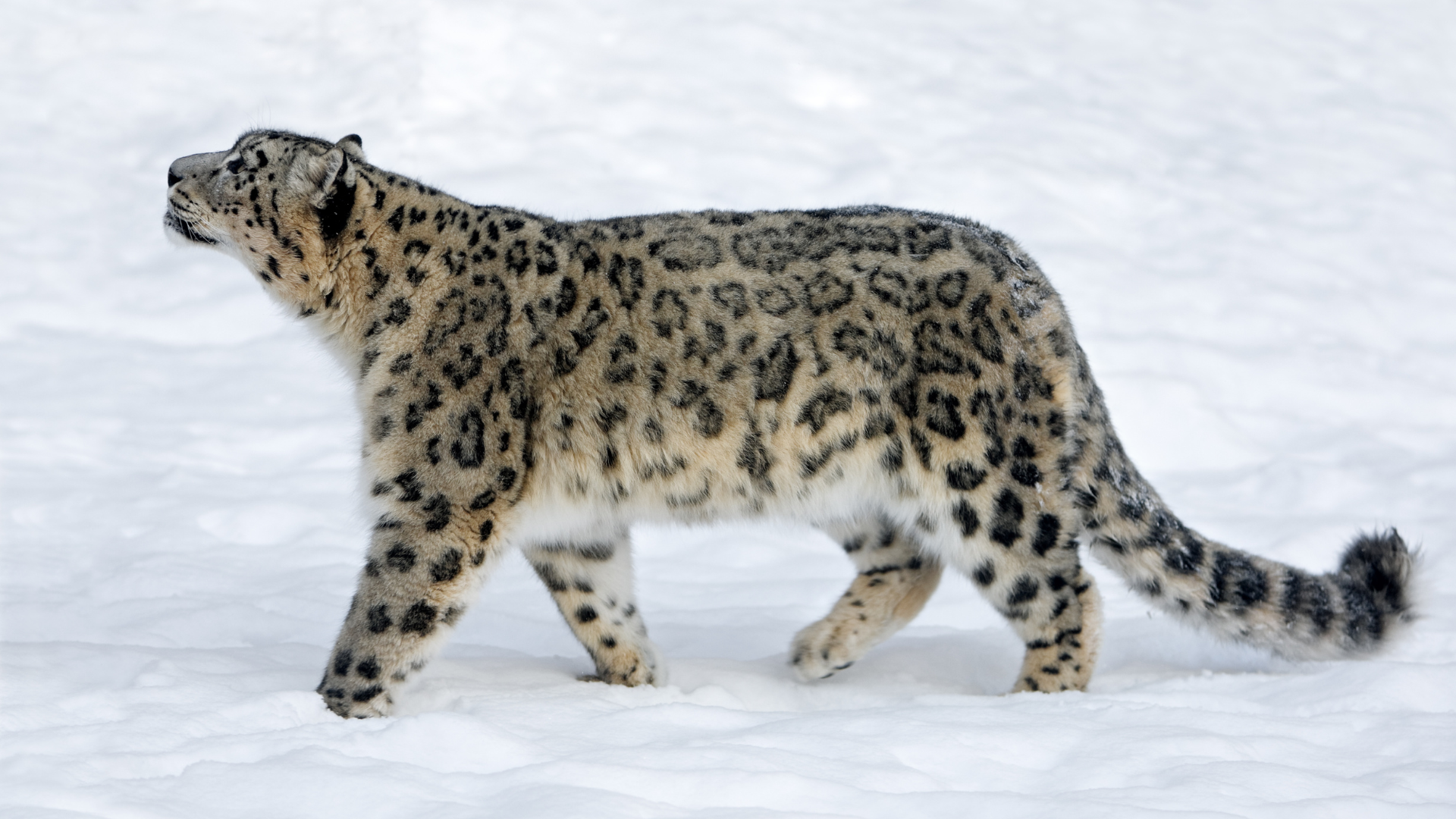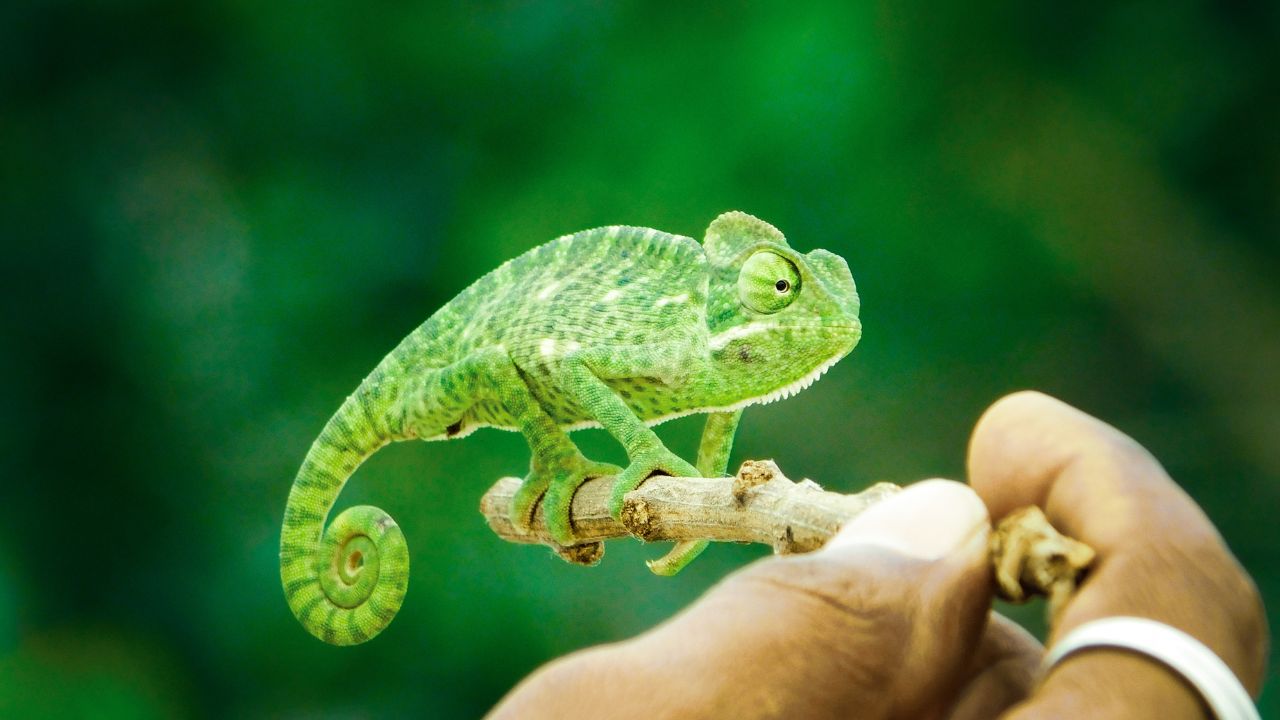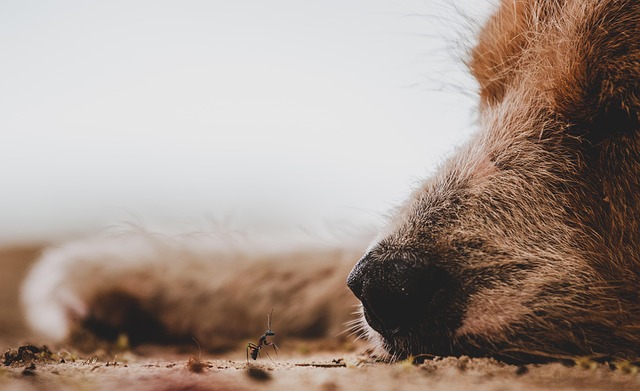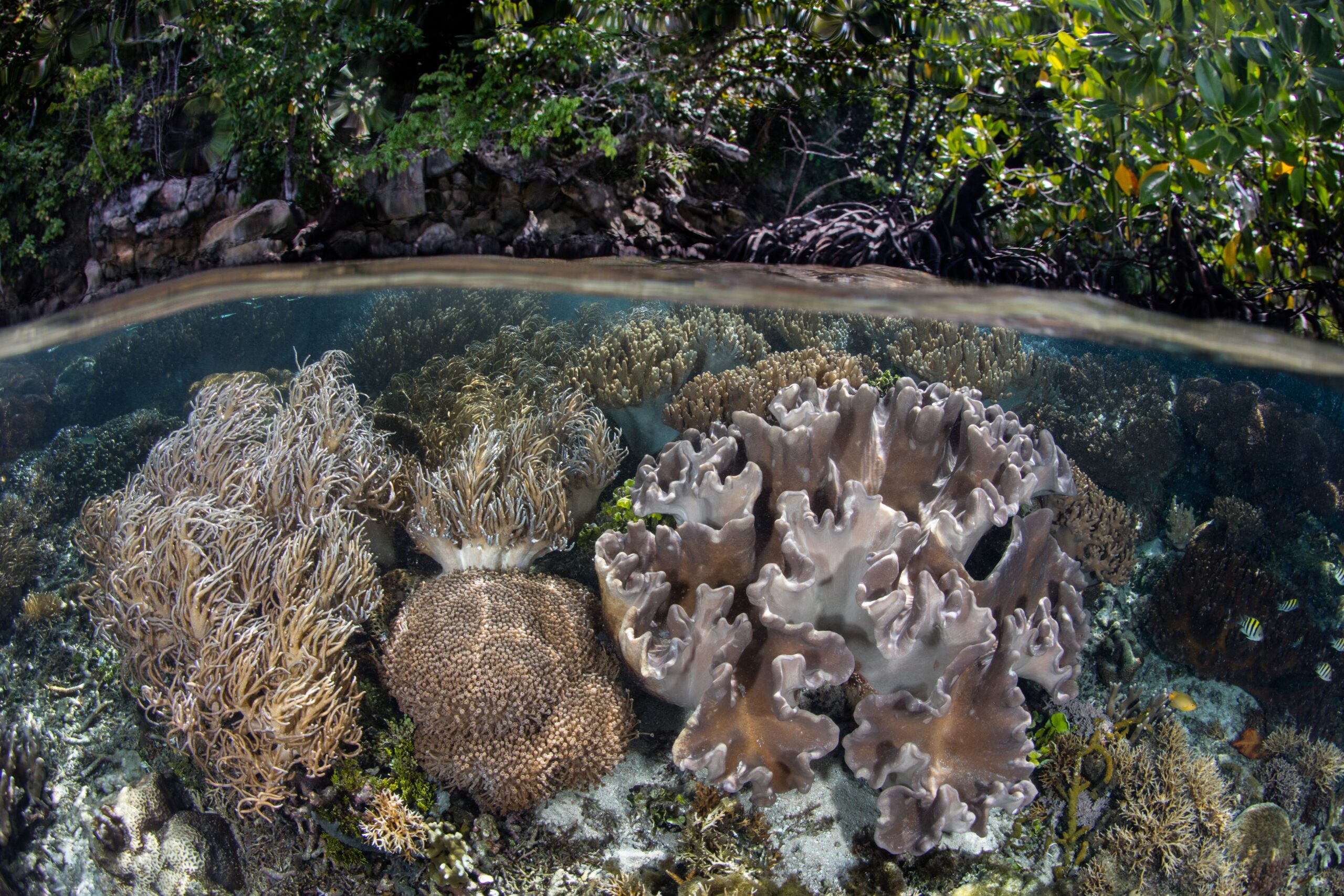-

Essential Supplies for Your New Dog
Bringing a new dog home is an exciting milestone filled with wagging tails, wet kisses, and the beginning of a beautiful friendship. However, amid the excitement, many new pet parents find themselves overwhelmed by the endless array of products marketed as “essential”. “The pet industry has exploded with gadgets and gizmos promising to solve every…












